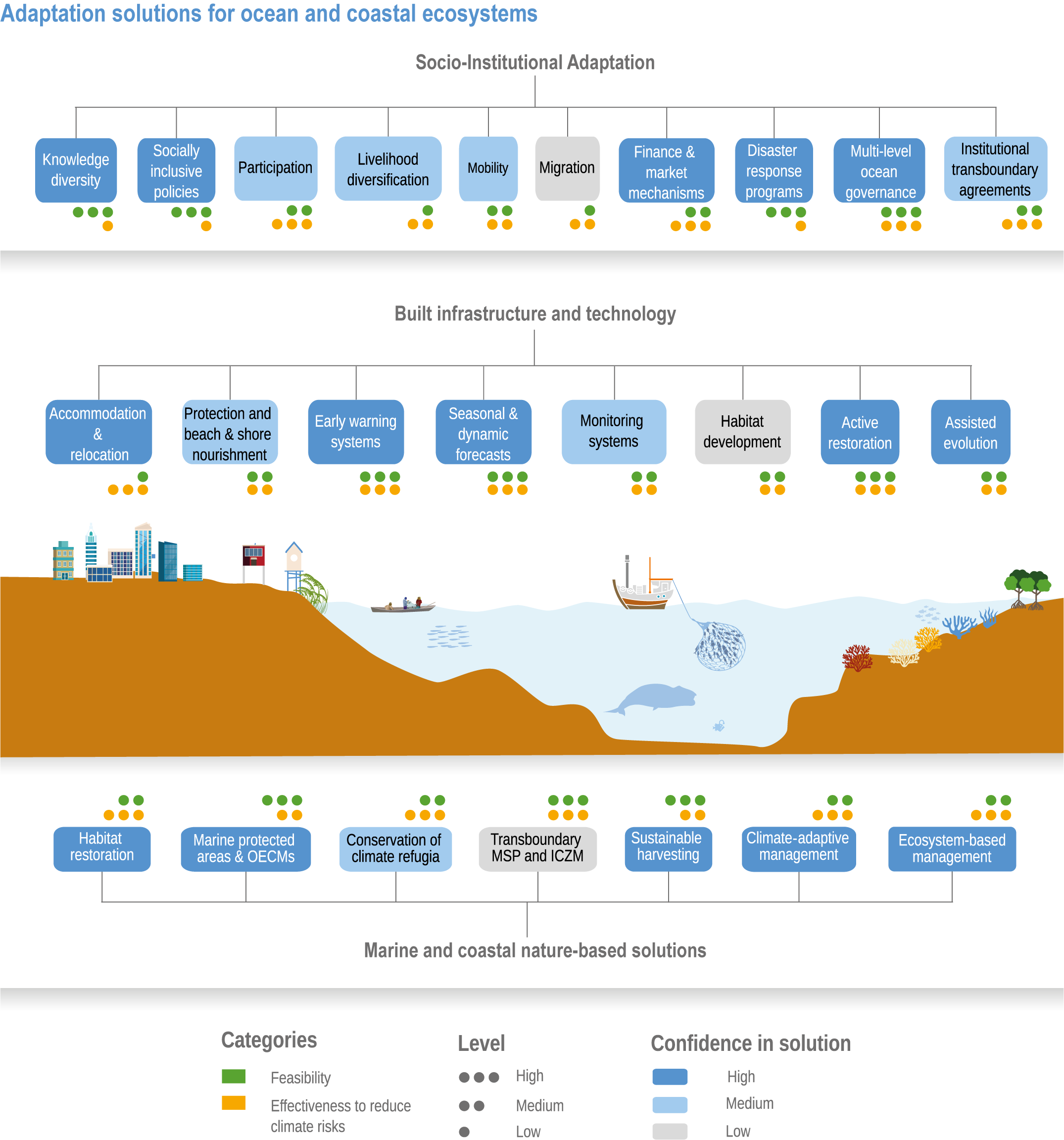Scottish Seagrass Restoration: A Bid To Revitalize Coastal Ecosystems

Table of Contents
The Importance of Scottish Seagrass Meadows
Scottish seagrass meadows are far more than just pretty underwater plants. They are biodiversity hotspots, carbon sinks, and crucial components of a healthy coastal ecosystem. Their importance can be understood through several key benefits:
-
High Biodiversity Support: These meadows act as nurseries and habitats for hundreds of marine species. From tiny invertebrates to commercially important fish, many rely on seagrass for food, shelter, and breeding grounds. A healthy seagrass ecosystem supports a thriving and diverse marine population. The intricate network of life supported by seagrass is a testament to its ecological importance.
-
Carbon Sequestration: Seagrass meadows are remarkably efficient at absorbing carbon dioxide from the atmosphere, acting as significant carbon sinks. They sequester carbon at a rate much higher than many terrestrial forests, making them a vital tool in mitigating climate change. Protecting and restoring these meadows is therefore a powerful climate action strategy.
-
Coastal Protection: The dense root systems of seagrass meadows stabilize sediments, reducing erosion and buffering coastlines from the impacts of storms and waves. This natural coastal defense protects valuable coastal habitats and infrastructure. The impact of seagrass on coastal resilience is increasingly recognized.
-
Fisheries Support: Many commercially important fish species rely on seagrass meadows during their juvenile stages. These meadows provide essential feeding and refuge areas, contributing significantly to the sustainability of Scottish fisheries. Protecting seagrass is therefore essential for maintaining healthy fish stocks.
Challenges Facing Scottish Seagrass Restoration
Despite their importance, Scottish seagrass meadows are facing numerous threats. Effective restoration requires understanding and addressing these challenges:
-
Eutrophication from Agricultural Runoff: Excess nutrients from agricultural activities cause algal blooms, which can smother seagrass and deplete oxygen levels in the water. Reducing agricultural runoff is critical for seagrass health.
-
Damage from Boat Anchors and Dredging: Physical damage from boat anchors and dredging activities directly destroys seagrass beds, hindering their ability to recover. Sustainable boating practices and careful planning of marine activities are essential.
-
Impacts of Warming Waters and Ocean Acidification: Climate change is significantly impacting seagrass health, with rising water temperatures and ocean acidification stressing these sensitive ecosystems. Addressing climate change is paramount to protecting seagrass.
-
Disease Outbreaks: Disease outbreaks can severely impact seagrass populations, further weakening already stressed meadows. Research into seagrass diseases and their management is crucial.
Current Seagrass Restoration Projects in Scotland
Various projects across Scotland are actively working to restore seagrass meadows. These initiatives demonstrate the growing commitment to this vital conservation effort:
-
Examples of specific restoration projects: Several organizations are involved in active seagrass planting along the Scottish coast, with projects underway in areas like the Firth of Clyde and the Moray Firth. Specific locations are often kept confidential to protect newly planted meadows from damage.
-
Description of techniques used: Restoration techniques range from collecting and sowing seeds to transplanting seagrass shoots. The choice of method depends on factors such as the location, the extent of degradation, and the availability of suitable seed or shoot material.
-
Community engagement and volunteer programs: Many projects successfully involve local communities and volunteers in seagrass planting, monitoring, and outreach activities. This approach strengthens community connection to the marine environment and builds long-term support for conservation efforts.
-
Monitoring and evaluation of restoration efforts: Careful monitoring is crucial to assess the success of restoration projects and adapt techniques as needed. Regular surveys track seagrass growth, biodiversity, and overall ecosystem health.
Innovative Approaches to Seagrass Restoration
The field of seagrass restoration is constantly evolving, incorporating innovative techniques to enhance success rates:
-
Use of drones for monitoring: Drones provide efficient and cost-effective tools for large-scale seagrass monitoring, allowing for early detection of threats and improved assessment of restoration progress.
-
Development of resilient seagrass cultivars: Research is underway to develop seagrass cultivars that are more resilient to environmental stressors such as warming waters and ocean acidification.
-
Advanced techniques for seed collection and propagation: Improvements in seed collection and propagation techniques are increasing the efficiency and scalability of seagrass restoration projects.
Conclusion
Scottish seagrass restoration is a critical endeavor for the future of Scotland's coastal ecosystems. These underwater meadows provide vital ecosystem services, contributing to biodiversity, carbon sequestration, coastal protection, and fisheries sustainability. While challenges remain, ongoing restoration projects demonstrate the potential to reverse seagrass decline and create thriving, resilient coastal environments. By understanding the importance of Scottish seagrass and the threats it faces, we can all contribute to its protection. Learn more about seagrass restoration initiatives in Scotland, consider volunteering with local organizations, or donate to support these vital conservation efforts. The future health of Scotland's coastal environment depends on our collective action to protect and restore our precious seagrass meadows. Let’s work together to ensure the continued success of Scottish seagrass restoration.

Featured Posts
-
 Bradley Cooper And Will Arnett On The Set Of Is This Thing On Behind The Scenes Photos
May 05, 2025
Bradley Cooper And Will Arnett On The Set Of Is This Thing On Behind The Scenes Photos
May 05, 2025 -
 Kentucky Derby 2025 In Depth Look At Chunk Of Golds Chances
May 05, 2025
Kentucky Derby 2025 In Depth Look At Chunk Of Golds Chances
May 05, 2025 -
 Stone To Announce Virginia Derby Meet At Colonial Downs A Racing Update
May 05, 2025
Stone To Announce Virginia Derby Meet At Colonial Downs A Racing Update
May 05, 2025 -
 Review Dope Girls A Bold Reimagining Of World War I
May 05, 2025
Review Dope Girls A Bold Reimagining Of World War I
May 05, 2025 -
 S Sh A I Evropa Analiz Strategicheskikh Vzaimodeystviy
May 05, 2025
S Sh A I Evropa Analiz Strategicheskikh Vzaimodeystviy
May 05, 2025
